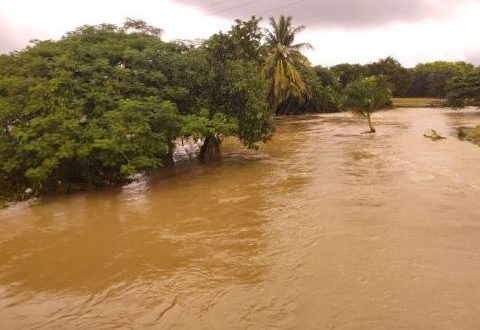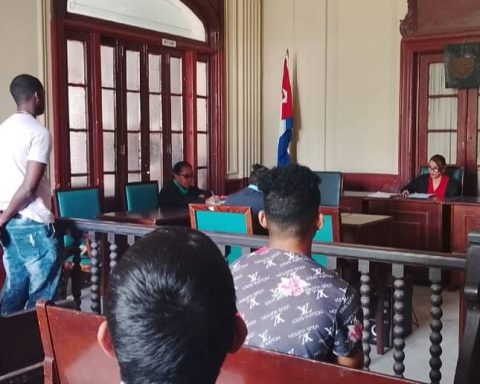The Electric Union of Cuba (UNE) reported this Wednesday that there were already eight electricity generating units stopped due to breakdowns, a situation that continues to affect the service both in the eastern and western areas of the country.
Five of the units belong to the Felton, Renté and Nuevitas thermoelectric plants, in the eastern provinces of Holguín, Santiago de Cuba and Camagüey, respectively, the statement said. Three other generating units correspond to the Máximo Gómez del Mariel thermoelectric plant, in the western province of Artemisa.
Cuba: an “operation error” causes prolonged blackouts in the eastern region
He also indicated that three other units are undergoing planned maintenance at the Lidio Ramón Pérez (Felton) thermoelectric plant, in Mariel, and the one in Tallapiedra, located east of Havana.
The UNE explained that the situation of generation capacity in the National Electric System “does not allow the possibility of covering the demand” and that a decrease in the effects on the service is expected “to the extent that generating blocks” are incorporated in the coming days. .
“The resources are available and work is being done to solve the breakdowns in the shortest time possible,” the statement said. Given the current contingency, the company called for a “rational use” of energy for consumers in the residential area.
The situation is not new. In the last 11 months, the Electric Union has notified more than 300 affectations, due to breakdowns or maintenance tasks, in a large part of the 13 thermoelectric plants in the country (eight on land and five floating).
In mid-March, the western Antonio Guiteras plant, the largest thermoelectric plant in the country, was out of service due to a boiler failure one week after a planned stoppage for maintenance, and in April it was out of service for five days due to a breakdown that affected a large part of the population of the western zone of Cuba.
In those days, in the province of Matanzas and neighboring regions, three-hour rotating blackouts were scheduled for several days in a row. In adjacent Havana, there were “maintenance” outages in six of its 15 municipalities. The problems are mainly due to the fact that the production system is at the limit of its useful life and lacks maintenance due to the country’s economic problems as a result of US sanctions and failures in national management.
Cuba, the agency recalls Ephdepends heavily on foreign oil to produce energy (thermoelectric plants generate two-thirds of electricity) and its main supplier, Venezuela, has significantly reduced its shipments.
Information on the Situation of the National Electric System https://t.co/YYZQoDFQPY
— Ministry of Energy and Mines of Cuba (@EnergiaMinasCub) May 18, 2022
The Cuban government aspires to reduce this dependency and has a plan so that by 2030 37% of its energy mix (just over 3,500 megawatts) comes from renewable sources.
In the summer of last year, and as is common in those months, there were blackouts due to the inability of the system to meet the electricity demand at certain times, which generated discomfort among the population. In fact, experts pointed out that this circumstance was one of the causes behind the July protests, also motivated by the serious economic crisis and the shortage of basic products exacerbated by the pandemic.
Efe/OnCuba.

















